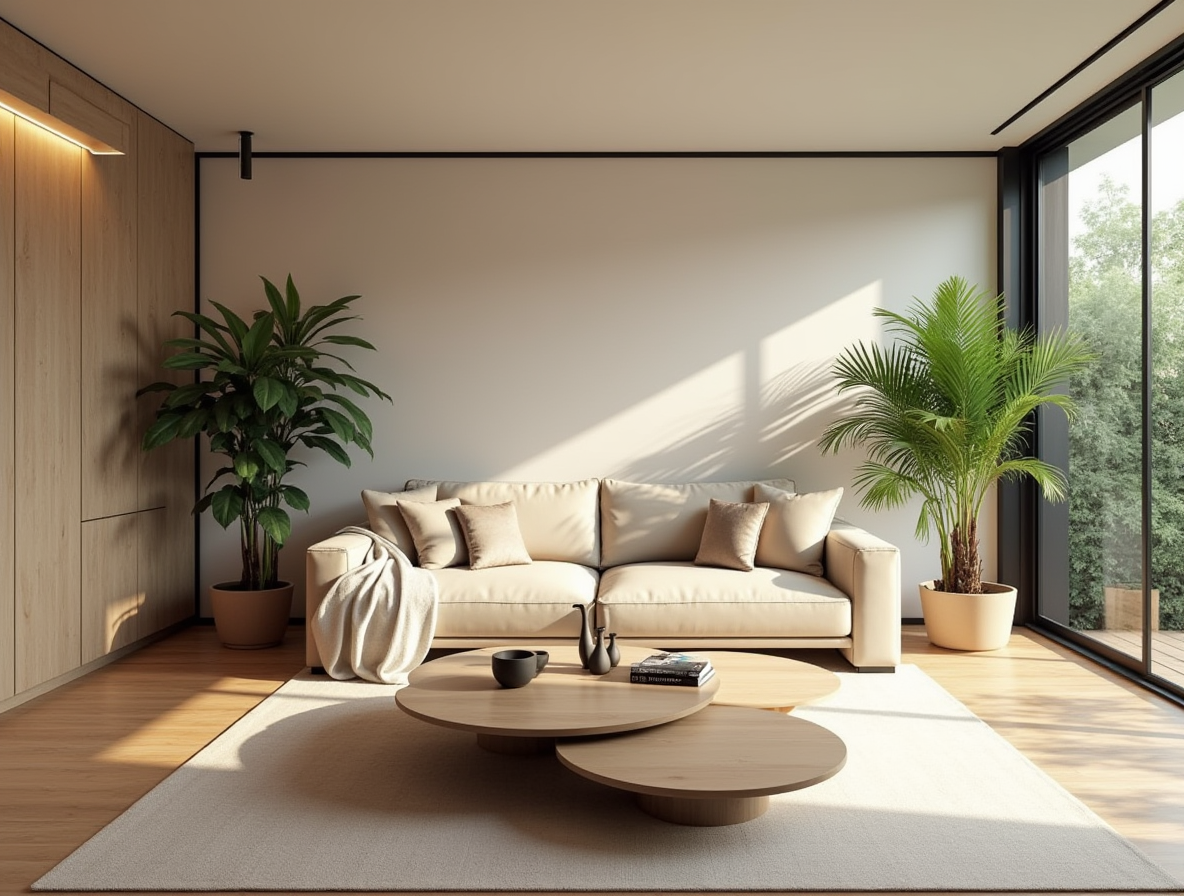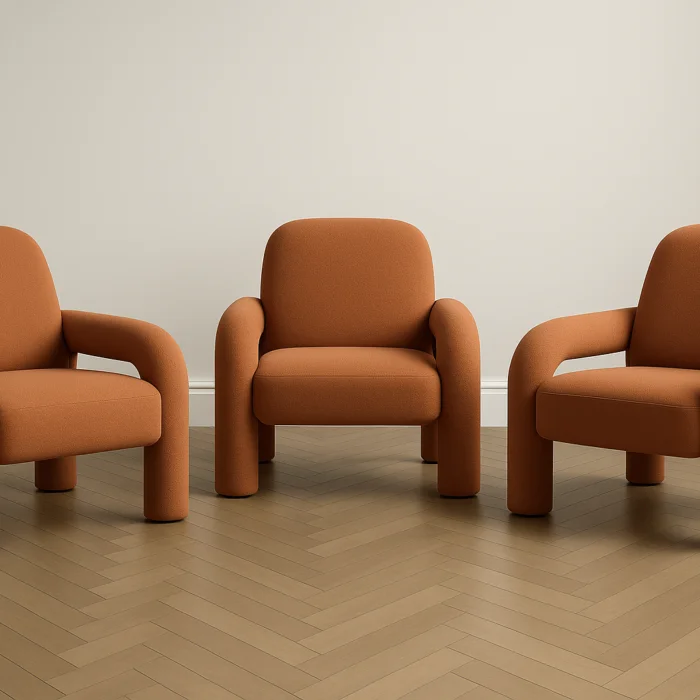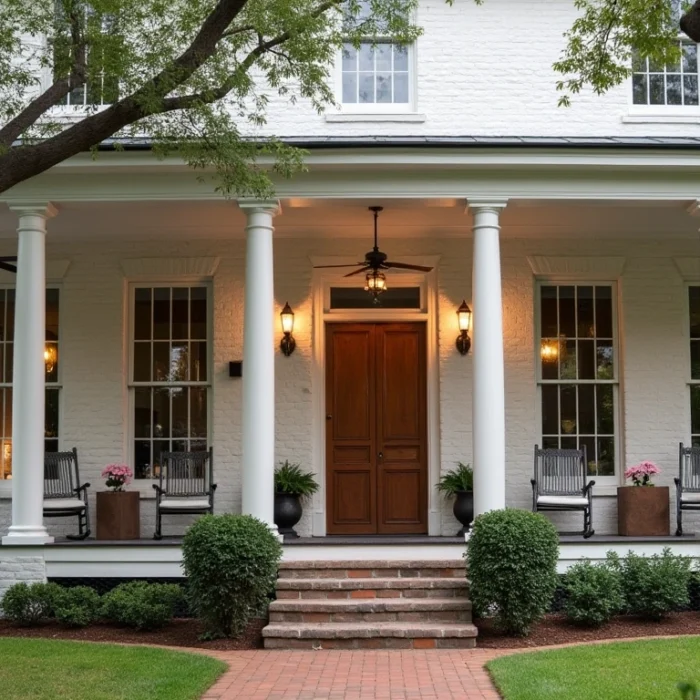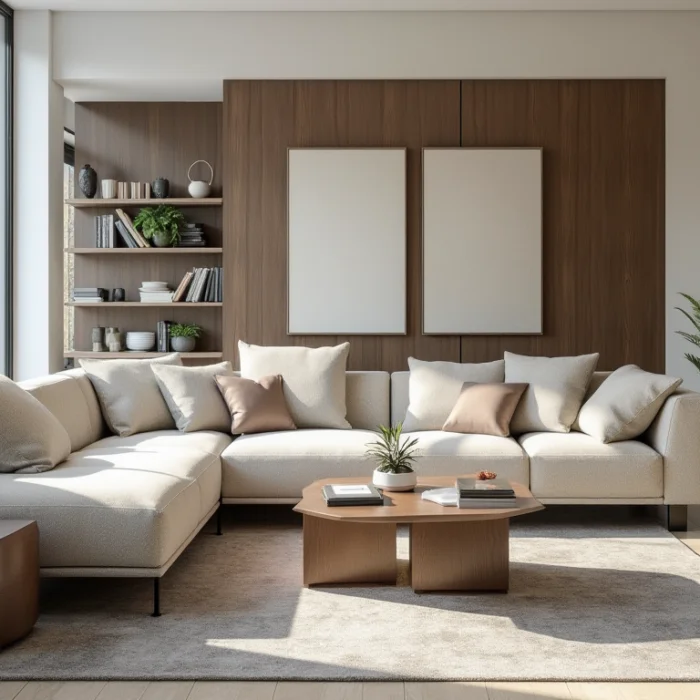Light Natural Wood Tones Are In: How to Use Them Beautifully
Ever walked into a room and felt instantly relaxed, like the space was almost hugging you? Chances are, Light natural wood tones had something to do with it. More than just a fleeting trend, light natural wood tones are becoming a must-have for homeowners and designers looking to create calm, welcoming interiors. Whether in furniture, flooring, or wall treatments, light wood is having a major moment.
The best part? It fits into almost any design style, from Scandinavian simplicity to modern farmhouse charm. But how can you adopt this growing trend in a way that feels timeless and personal to your space? Well, sit back with your favorite cup of coffee because we’re about to explore everything you need to know about using light natural wood tones to transform your home.

Table of Contents
What’s Driving the Light Wood Trend?

Recent reports on home decor trends for 2025 reveal that interior design is shifting firmly toward calm, minimalist, and organic spaces. As Nate Berkus, renowned interior designer, puts it, “Good design not only looks beautiful but feels meaningful. Light natural wood tones connect us to nature and bring warmth to our homes.”
Here are the key reasons for the surge in popularity of this trend:
- Calming Influence: Light wood tones reflect natural light and create a soothing atmosphere.
- Versatility: From Japandi to modern coastal aesthetics, light natural woods pair beautifully with various design styles.
- Sustainability: Lighter woods like ash and birch are often associated with eco-friendly, sustainable sourcing, a priority for today’s homeowners.
Now, let’s look at how you can bring that charm into your interiors.
1. Choose the Right Light Natural Wood Tones
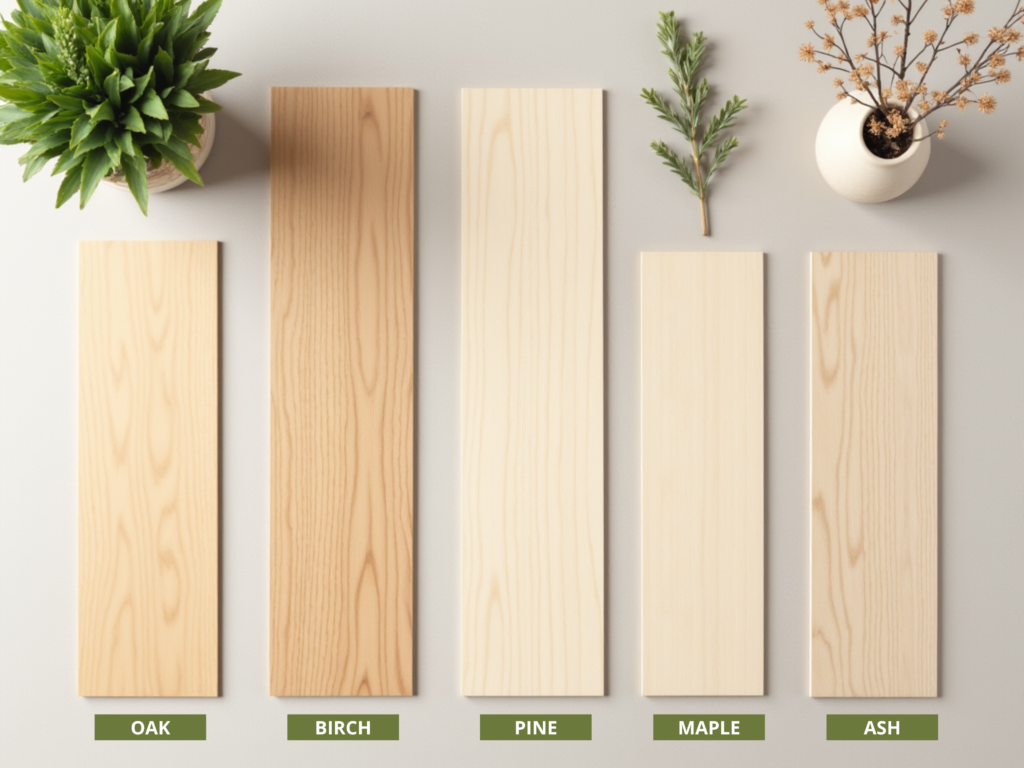
Not all light-colored woods are created equal. Choosing the right finish can dramatically change the vibe of your space. Here’s a quick guide to your options:
- Oak: Achieve a modern yet classic aesthetic. Light oak is durable and works well for floors and furniture.
- Birch: Great for Scandinavian-inspired spaces, its even grain pattern brings subtle elegance.
- Pine: Perfect for giving spaces a more rustic, cozy, or farmhouse feel.
- Maple and Ash: Ideal for spaces prioritizing durability while maintaining a fresh, natural look.
When deciding, consider the durability and texture of the wood as much as its visual appeal.
2. Pair Light Wood with the Right Color Palette

Here’s the golden (or should we say “wooden”) rule for working with light natural wood tones: stick to complementary, neutral palettes. Think soft whites, beige, earthy greens, and pastel accents.
For example:
- Light maple furniture works beautifully against a backdrop of soft gray walls for a serene, Scandinavian look.
- Pair oak accents with muted blues or sage green for a coastal-inspired vibe.
- Warm up birch or ash wood with tones like terracotta or peach to add a subtle pop of color in minimalist interiors.
Color palettes like these will enhance the organic warmth of the wood without overpowering it.
3. Use Light Wood as a Design Foundation

Instead of overwhelming your space with dark, heavy pieces, use light natural wood tones to create a cohesive base. Here’s how:
- Flooring: Opt for light oak or birch floors to make smaller rooms feel spacious and airy.
- Furniture: Start with a light wood dining table or a coffee table to introduce the trend without commitment.
- Neutral Backgrounds: Light wood cabinetry paired with off-white or beige countertops works wonderfully in kitchens to achieve that effortless modern farmhouse aesthetic.
Pro Tip: Layer wood tones by mixing light woods with slightly darker accents—this prevents the look from feeling too “one-note.”
4. Add Subtle Wood Textures for Interest

Flat, boring walls? Bring them to life with subtle textures using light wood. Textures go a long way in creating character and depth:
- Vertical birch paneling mimics Scandinavian sauna vibes for that cozy, minimalist flavor.
- Slatted pine headboards or wall treatments add architectural interest, even in plain spaces.
- For a playful yet timeless look, combine raw wood textures with polished finishes on items like coffee tables or sideboards.
This balance of textures will help create harmony while steering your design clear of monotony.
5. Light Wood in Different Rooms
Not sure where to begin? Here are some ideas to breathe life into any room using light natural wood tones:
Living Room
- Combine a light wood media unit, simple shelves, and a beige couch to create a cozy focal point.
- Try adding light wood-framed art for visual interest.
Kitchen
- Install natural wood open shelving to display your favorite dishes or plants.
- Combine wood bar stools with a white marble or quartz kitchen island for a timeless contrast.
Bedroom
- Feature a maple wood bed frame with a slatted headboard to keep things calm and sophisticated.
- Match with light wood bedside tables for continuity.
Bathroom
- Use birch wood cabinetry for an understated luxury vibe.
- Complement your light wood with matte black hardware or fixtures for a sleek finish.
6. Sustainability and Eco-Friendly Design

One of the most appealing aspects of using light natural wood tones is their connection to sustainability. Not only do many light-colored woods grow quickly, but they’re often easier to source responsibly compared to rarer, exotic hardwoods.
Woodworking expert Jane Miller says, “By choosing sustainable wood finishes, homeowners don’t just improve their spaces—they have a direct, positive impact on our environment.”
Look for certification labels like FSC (Forest Stewardship Council) to ensure your wood is eco-friendly. When it comes to sustainability, light wood is as aesthetically pleasing as it is socially conscious.
Real-World Examples of Light Wood Done Right
Looking for inspiration? Here are a few successful case studies showcasing the beauty and versatility of natural wood tones:
- Modern Farmhouse Renovation in Seattle utilized light oak flooring combined with vintage furniture for a clean, modern balance.
- Scandinavian Cafe Design: Light birch surfaces for walls, tables, and counters created a bright and inviting customer experience.
- Spa Resort Elegance: A luxury spa in Aspen used light maple wood for floors and furniture to bring tranquility.
- Sustainable Housing: Designed by an eco-conscious architect, light ash wood was used for exterior cladding and interior features to emphasize both aesthetics and sustainability.
Create Timeless Interiors with Light Natural Wood
The resurgence of light natural wood tones is more than a fleeting trend. It’s the desire to connect with natural elements in our spaces, creating homes that feel tranquil, balanced, and deeply personal. From bright, airy Scandinavian interiors to modern rustic designs, light wood has proven its versatility and charm time and time again.
Thinking of incorporating this trend into your home? Start small—try a single piece of furniture or light wood decor accent. Trust us, once you feel the warmth and depth it brings, you’ll never go back.
For more personalized guidance, connect with one of our interior design experts. Whether you’re looking to style a single room or give your entire home a makeover, we’ll help you make it stunning.
